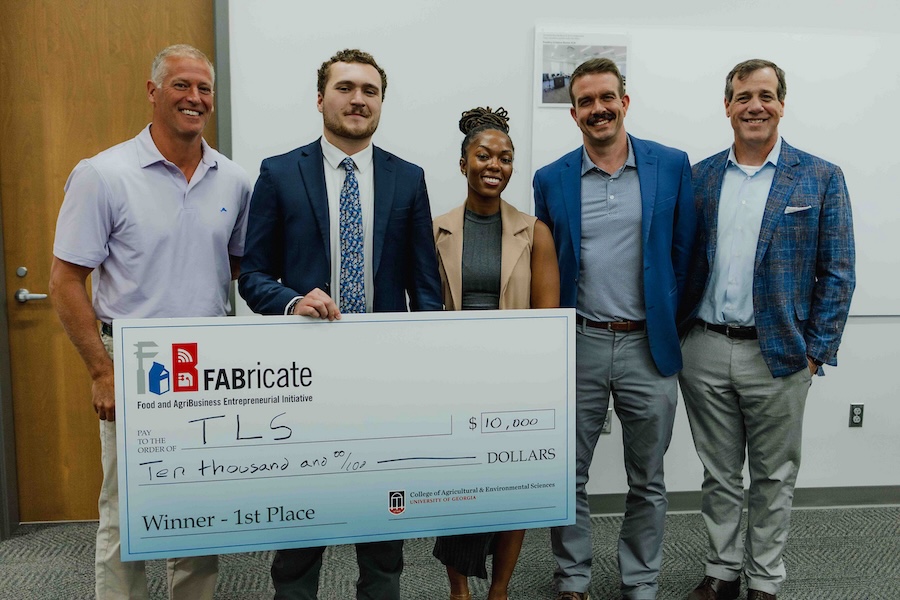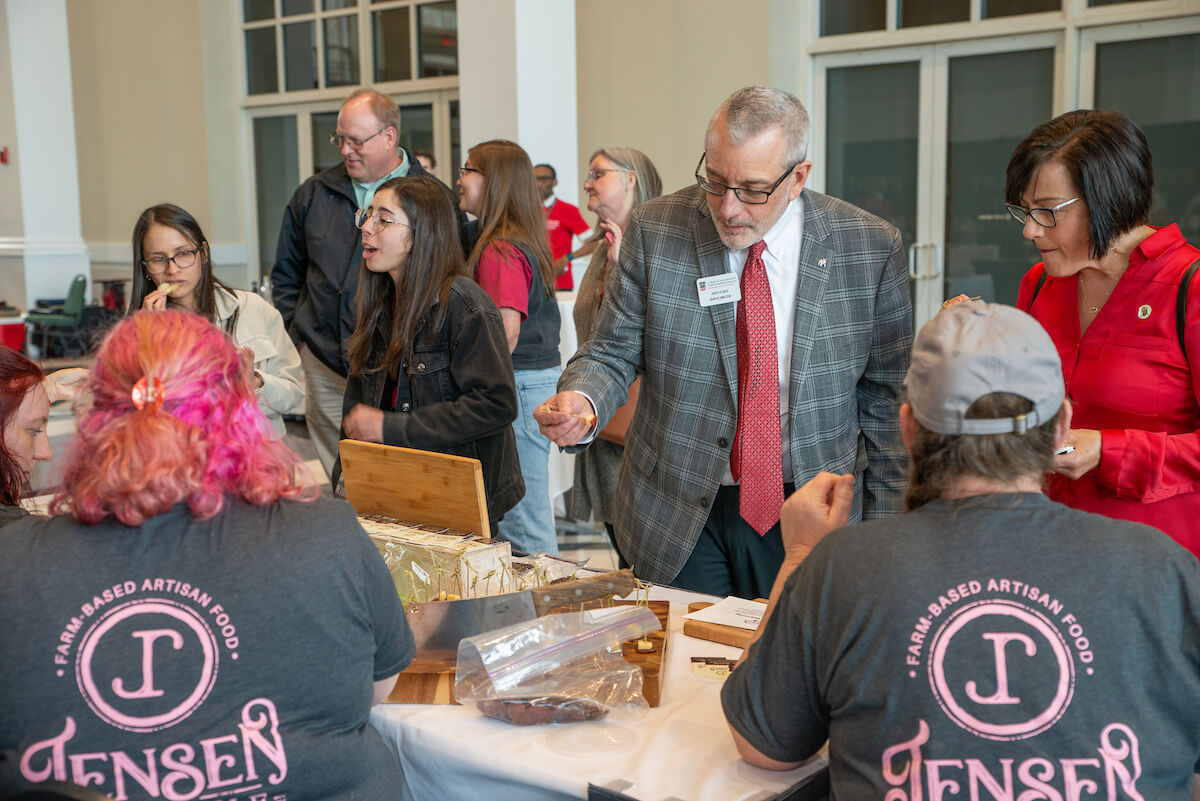Human campylobacteriosis and salmonellosis are two of the most commonly reported gastrointestinal infections worldwide and poultry meat has been identified as the main source of infection. Controlling pathogen colonies of public health concern such as Salmonella and Campylobacter in poultry flocks on the farm is critical for a successful overall food safety program. Biosecurity on the farm can contribute significantly to reducing the potential for Salmonella and Campylobacter colonization in broilers.
“Biosecurity” refers to procedures used to prevent the introduction and spread of disease-causing microorganisms in poultry flocks.
On-farm sources
- Wildlife
- Insects
- Rodents
- Water
- Feed
- Humans
- Vehicles
- Litter
- Fomites (surfaces)
- Hatchery/bird movement
Preharvest control strategies
- Biosecurity and hygiene
- Vaccination and genetic selection
- Feed supplements (competitive exclusion products)
- Organic acids (in withdrawal water)
Pathogen transmission in poultry flocks
Vertical transmission usually includes the internal contamination of the egg in the reproductive tract of the hen before shell deposition. This is considered a significant risk for Salmonella transmission, but this risk is rare for Campylobacter transmission, as there is no evidence of this occurring in poultry.
Horizontal transmission usually involves the transmission of pathogens after the chicks are placed on the farm for rearing (including bird-to-bird spread).
Recommendations for effective biosecurity strategies
- Restrict unnecessary human traffic in the poultry houses and provide protective coverings such as boots, coveralls, and headgear to visitors and other necessary farm personnel.
- Maintaining dry litter conditions (less than 30% moisture) will help to keep the number of microorganisms low.
- Do not allow pets or other animals within poultry houses and implement robust pest control programs.
- For situations where internal testing programs suggest a high pathogen prevalence, contact your poultry company veterinarian or contact a poultry veterinarian within the Georgia Poultry Laboratory Network.
For more detailed information of biosecurity strategies, refer to UGA Extension Bulletin 1306, “Biosecurity Basics for Poultry Growers.”








